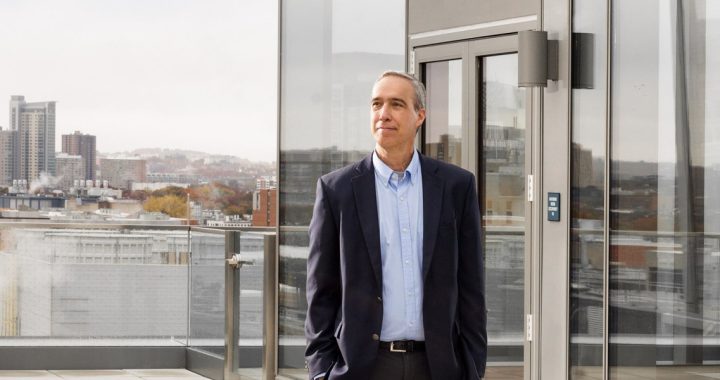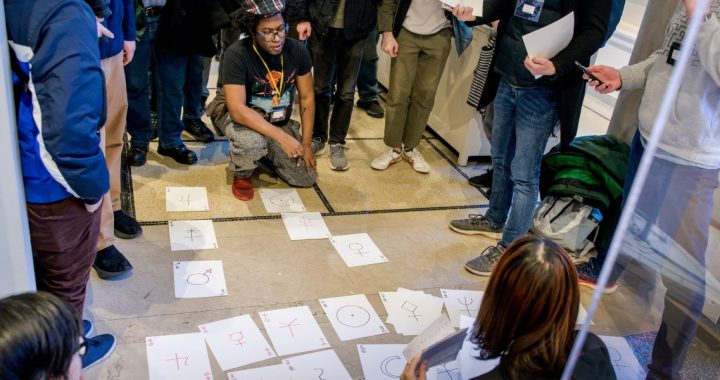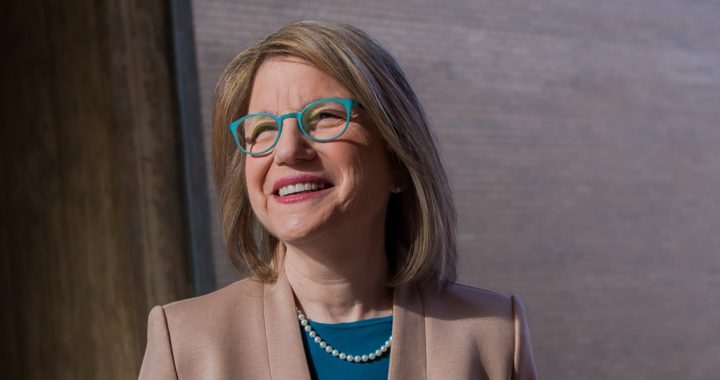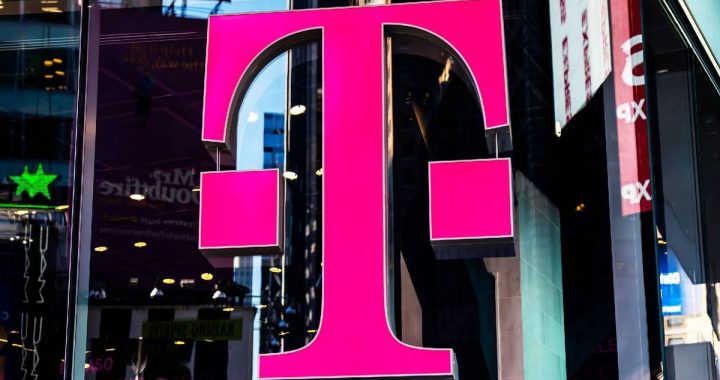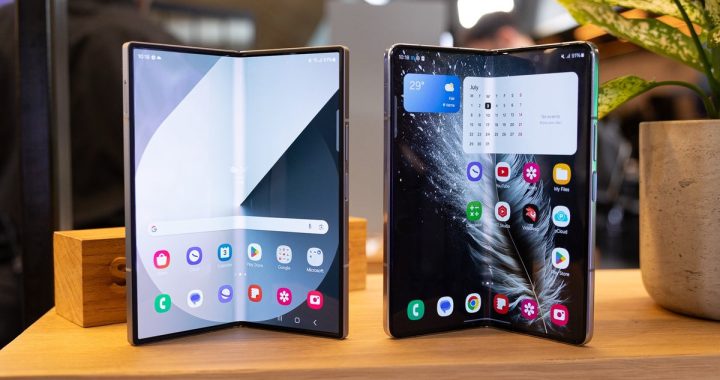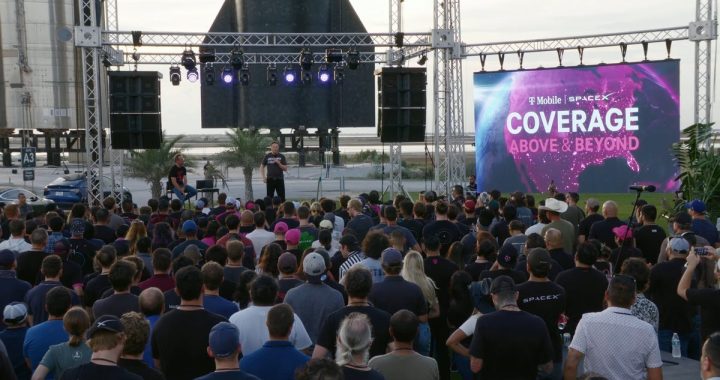MIT’s (mostly) secret society | MIT Technology Review
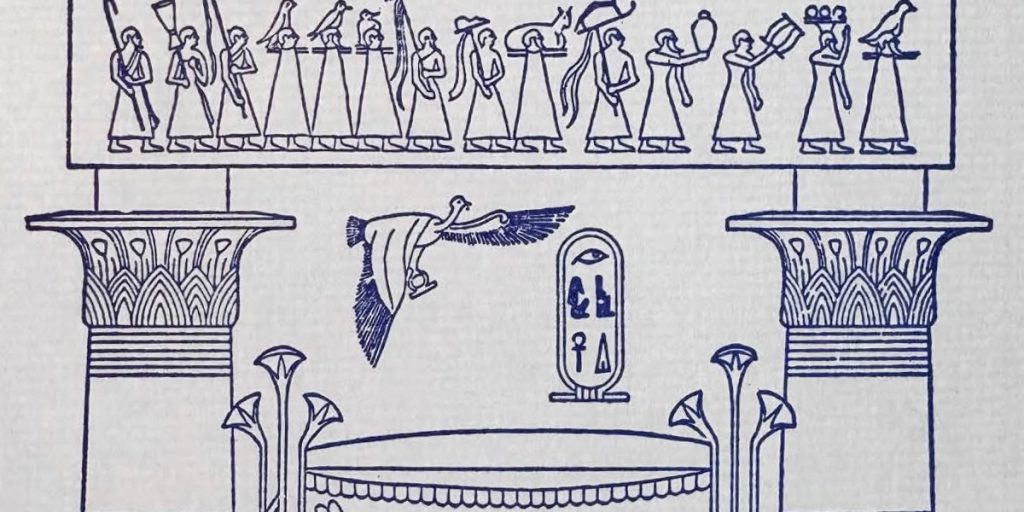
“I joined Osiris in my junior year at a meeting of the entire group at a formal dinner at the Club of Odd Volumes in Boston,” recalls Tom Burns ’62, SM ’63. “At the time, we were asked to be somewhere in Boston in a tuxedo [and] were blindfolded and driven around for a while by a senior member of the Society, ending up at the Club to be confronted by a large group of faculty and student members.” (A written description of initiations in the 1960s says that tuxedo-clad initiates typically were told to perform a stunt—such as flying paper airplanes in front of a ticket counter at Logan—while waiting to get picked up.) While two annual meetings were held at the club, Burns says faculty members typically hosted the regular dinner meetings, many in Killian’s penthouse apartment at 100 Memorial Drive. Student members were responsible for selecting the topics and leading the discussions, he says, and picked the next year’s inductees.
Of course, inviting many successive editors of the MIT student newspaper to join a society with such a secret purpose was inherently risky. Sure enough, on February 18, 1955, The Tech ran a front-page article with the headline “Student Leaders Meet With Administration and Faculty In Secret Society, Osiris.” The article was unsigned, as were all news articles at the time, but Stephen N. Cohen ’56, then editor of The Tech, appears on the Osiris membership rolls. (Tellingly, the next three editors—John A. Friedman ’57, Leland E. Holloway Jr. ’58, and Stewart Wade Wilson ’59—do not.) A week later, Eldon H. Reiley ’55, president of MIT’s Undergraduate Association, president of the Institute Committee, and a member of Osiris, published an 11-paragraph statement in The Tech saying, among other things, that “Osiris is an informal group of faculty and students who meet from time to time over dinner and discuss issues pertaining to the welfare and betterment of MIT. The group has no power in itself.”
Reiley wrote the truth: Nowhere in the archives or in interviews with surviving members is there a hint that the student members of Osiris decided anything other than the names of the next year’s recruits.
Howard Wesley Johnson was inducted as an honorary member in 1965, shortly before becoming MIT’s 12th president in 1966. Johnson clearly took his Osiris duties seriously: Its meetings were entered into his appointment book, and when he missed the initiation in 1968, he wrote “to the men of OSIRIS,” apologizing that “business in defense of M.I.T. demands that I be absent.”
Johnson’s letter hints at the forces that ultimately put an end to the organization: Osiris was a relic of the past—for example, it had no female members until 1969—and MIT was under attack in the present.
“I was added in 1969 when I was vice president of the Graduate Student Council,” recalls Marvin Sirbu Jr. ’66, ’67, SM ’68, EE ’70, ScD ’73. “I remember how remarkable it was that students and faculty/administrators met and talked informally in the way that they did at Osiris meetings.”

TECHNIQUE 1904
Today Howard Johnson’s presidency is remembered for his deft handling of student unrest, including three days in November 1969 when more than a thousand people protested the Institute’s relationship with the US Department of Defense. The documentary November Actions includes film from meetings of a joint committee of faculty and students that helped defuse the situation. While many of the students were members of Osiris, they were present because they were elected student leaders, not because they belonged to the secret society. But Sirbu suggests that the Osiris meetings may explain why those in the room felt so comfortable with each other.
Handwritten minutes from two meetings in the spring of 1971 reveal that topics discussed included marijuana, civility in Osiris meetings, and the possible reemergence of McCarthyism on campus. An article in The Tech reported that topics such as research policy and housing were also typical. But Osiris was in decline. That March, Gray had observed that 34 people had
RSVPed “yes” for the March 16 meeting, but only 27 had shown up—and that “actives” (student members) were outnumbered by “over thirties” by about three to one.
#MITs #secret #society #MIT #Technology #Review


